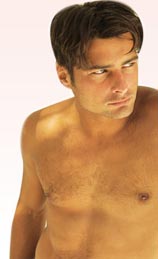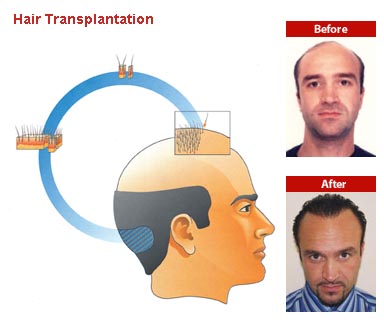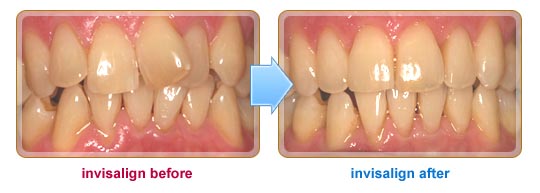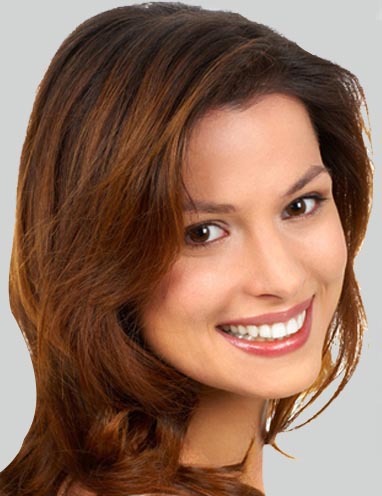In response to the stressors that the current economic crisis has borne on the US, many people in early recovery from drug addiction and alcoholism have exhibited a need for more therapeutic support. Mountainside Drug Rehab in Northwest Connecticut has expanded its inpatient drug relapse prevention program to include non-former clients. The scope and mission of this inpatient program adjunct is to prevent drug and alcohol relapse and to implement the missing parts required for a successful recovery from drug abuse and alcoholism.
The economic crisis that started to unwind in 2008 has resulted in many job losses, foreclosures and other financial stressors which have impacted millions of people. One subset of this population is people who are in the process of recovering from substance abusive disorders. In response to the abnormal stress levels and the acute need of varying support services for people in early recovery, Mountainside Drug and Alcohol Rehab in CT has expanded its Drug Relapse Prevention Program to include the large number of people throughout the country in desperate need of support.
The target population that has already filled up this program are people who are in recovery from drug addiction and alcoholism for periods greater than 90 days. Many recovering addicts and alcoholics need an additional layer of support and / or need some professional guidance and counsel to help build the missing pieces of a beginning recovery, and this is where the Drug Relapse Prevention Program is a great fit. Since its launch two weeks ago, there have been program participants with 90 days to more than five years of sobriety.
Founded in 1998, Mountainside Drug Rehab has been finding new and innovative ways to help the people that pass through the facility get and stay clean and sober with better than average results. The following guide is a useful framework for individuals to learn and recognize the dangers and signals of a drug and/or alcohol relapse.
When Do Relapses Occur?
Consider the following information:Â
• Approximately 2/3 of all relapses for any addiction (alcohol, drugs, gambling, smoking, diets) occur within the first 90 days.Â
• The reasons for relapse are the same whether the addiction is to alcohol, other drugs or gambling.Â
• During the first 90 days after withdrawing from alcohol, drugs or gambling people may experience some periods of poor memory or concentration, or they may overreact to stress. This may lead to relapse.Â
• The longer a person is abstinent, the better these things will get, but handling stress as it comes up is an important way to prevent relapse. Not coping with stress is a major reason for relapse.
Recognize the Danger Signals
A return to alcohol, drug use or gambling does not just happen. There is a process leading to the return. When you begin to backslide or “slip,” you go through changes that could lead to a possible relapse. Some of the danger signals might be:
• You begin to isolate yourself from others and feel bored and lonely much of the time.Â
• You find yourself easily irritated and relationships become strained.Â
• You doubt your ability to stay abstinent.Â
• You act impulsively under stress, which causes even more stress.Â
• You think you will never use alcohol, drugs or gambling again, so you don’t need a recovery program – you don’t attend support groups or counseling, and you reject offers of help.Â
• You try to impose abstinence on others.Â
• Your eating and sleeping patterns are disturbed and you cannot get things done.Â
• You cover up your feelings of unhappiness and helplessness.Â
• You frequently feel sorry for yourself.Â
• You begin to think that you can handle alcohol, drugs or gambling again and it will help you feel more at ease.
There are also other danger signals. What are yours?
If you feel any of these signals or danger signs Call Mountainside Drug rehab and Alcoholism Treatment Center at 800-762-5433 Or visit its Addiction Treatment Center Website at Drug Rehab Center (www.mountainside.org/drug-rehab)
Intervention and 24 Hour Assistance Available
Contact our Admissions Department at 800-762-5433
Via EPR Network
More Healthcare press releases

























